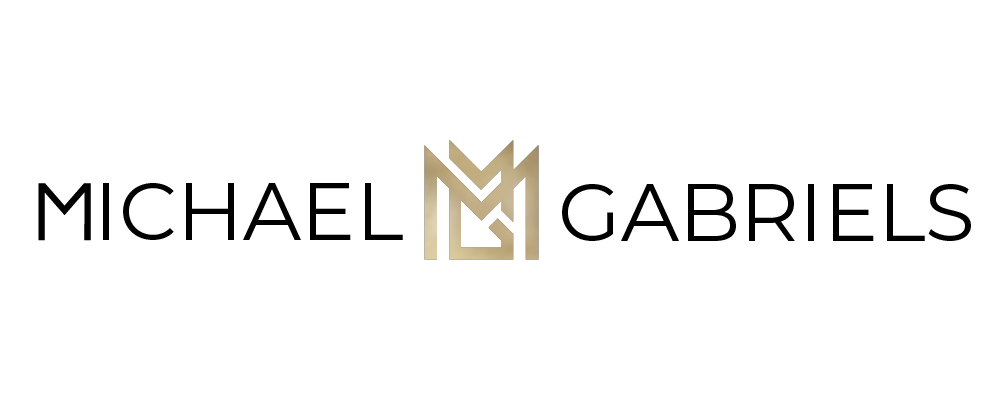Diamond
4 C's
Choosing The
Right Diamond
Diamond Cut
A diamonds ability to refract light and shine so intensely is one of the reasons a diamond is the gem of choice for most people. Many think about a diamond shape when referring to the diamonds cut, but a diamonds cut grade is really referring to how the light interacts with the facets on the diamond. Each diamond is cut to deliver the top return of light possible for that particular diamond.
About Cut
A diamond cut doesn’t refer to the shape of the diamond, but to the diamonds proportions, symmetry, and polish completed by the diamond cutters. Although difficult to analyze, the general beauty of a diamond is directly related to the cut of the diamond. The diamond cut has three crucial properties, which affect the appearance: Brilliance (the brightness of the white light that is reflected from the interior and exterior of the diamond. The light enters through the top of the diamond and gets broken down into rainbow like colors); Fire (the spectacular appearance of the rainbow colors when the diamond is tilted from side to side); Scintillation (the amount of rainbow colors the diamond produces)
Diamond Color
Despite all thoughts on diamond color referring to the amount of color seen in a diamond, it actually refers to the lack of color found in a diamond. Besides for fancy colored diamonds (pink, blue, etc.), the less yellow appearance in a stone, the more value a diamond has. The color grading starts at D (colorless) and goes down to Z (most color).
Diamond Clarity
There is a lot more to a diamond than meets the eye. See below to learn about the different inclusions and blemishes inside a diamond and how they affect the grading.
Diamonds
Clarity Chart
The diamond clarity grade refers to the lack of marks and inclusions within the diamond. Inclusions are characteristics formed inside a diamond while being formed under high temperature and pressure. Characteristics within the stone can look like tiny crystals, clouds, feathers, twinning wisp, knots, and pin points
Diamond carat weight
The diamond carat weight refers to the actual weight of the diamond. For comparison, 200 milligrams equals 1 carat. Every carat can be allocated into 100 points. For example, a diamond which weighs 0.50 carats, can also be referred to a 50 point, 50 pointer diamond, or half carat diamond.

